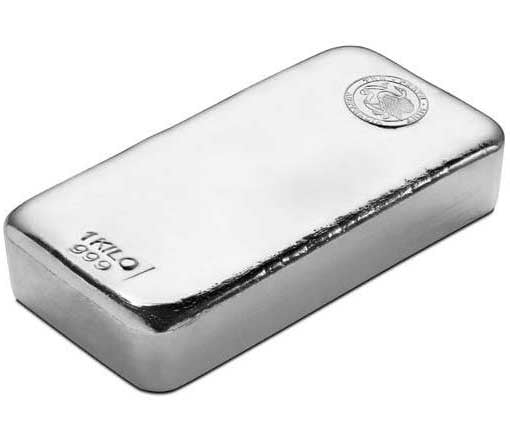
Why silver for christening?
Share
Silver is often associated with christenings due to its historical significance, symbolism, and practical aspects. Here are the reasons why silver is commonly chosen for christening ceremonies:
-
Historical Tradition: The use of silver in christenings dates back centuries and is deeply rooted in religious and cultural traditions. Silver vessels, such as baptismal bowls, chalices, and candlesticks, have long been used in Christian ceremonies to hold the holy water, consecrated wine, and candles.
-
Symbolic Significance: Silver holds symbolic meaning in the context of a christening. It represents purity, innocence, and spiritual cleansing. These qualities align with the purpose of the christening ceremony, which is to welcome the child into the Christian faith, cleanse them of original sin, and initiate them into the religious community.
-
Durability and Longevity: Silver is a durable and long-lasting metal, making it suitable for creating cherished keepsakes that can be passed down through generations. Many families choose silver items, such as engraved silver spoons, cups, or picture frames, as christening gifts with the intention of creating lasting memories and heirlooms.
-
Beauty and Elegance: Silver possesses a natural luster and beauty that enhances the aesthetic appeal of christening items. Silverware, jewelry, and decorative pieces add an elegant touch to the ceremony and serve as meaningful reminders of the special occasion.
-
Practical Use: Silver items used in christenings, such as silver spoons or cups, often serve practical purposes. A silver spoon may be used to feed the child their first taste of solid food, symbolizing nourishment and care. A silver cup can be used for the child's first sips of holy water or as a treasured drinking vessel.
-
Gift Tradition: Family members and friends often present silver items as christening gifts to commemorate the significant event. These gifts can range from personalized silver bracelets, lockets, or crosses to silver photo frames for displaying cherished memories.
-
Cultural and Historical Significance: Across different cultures and denominations, silver has played a prominent role in christening ceremonies. It is regarded as a sacred and precious material that adds solemnity and reverence to the occasion.
While silver is commonly associated with christenings, it's important to note that families have the flexibility to choose other materials or items that hold personal significance to them. The primary focus of a christening is the religious sacrament and the blessings bestowed upon the child, regardless of the specific materials used in the ceremony.
Here are more details and facts about why silver is chosen for christenings:
-
Historical Significance: The use of silver in religious ceremonies predates Christianity. Silver has been valued and used in religious rituals and ceremonies across different cultures and civilizations throughout history. Its association with purity and sacredness made it a natural choice for important religious events, including christenings.
-
Biblical References: Silver is mentioned several times in the Bible, often associated with purity, redemption, and preciousness. In religious texts, silver is referred to as a valuable material used for sacred purposes. This further reinforces the symbolic significance of silver in religious ceremonies like christenings.
-
Religious Vessels: Silver vessels, such as baptismal bowls, chalices, and candlesticks, are used in the administration of sacraments during a christening. The silver vessels hold the holy water, consecrated wine, and candles used in the ceremony, adding an element of sanctity and reverence.
-
Symbolism of Purity: Silver is associated with purity and cleanliness. In the context of a christening, the use of silver symbolizes the purification and cleansing of the child's soul, as they are welcomed into the faith and receive the sacrament of baptism.
-
Long-lasting and Precious: Silver is highly valued for its durability and lasting beauty. Choosing silver items for christenings, such as engraved silver spoons, cups, or jewelry, reflects the desire to create meaningful and enduring keepsakes that can be treasured and passed down through generations.
-
Personalization and Engravings: Silver items can be easily personalized and engraved with the child's name, date of christening, or religious symbols. This adds a personal touch to the gift and creates a lasting memory of the special occasion.
-
Gift Tradition: Giving silver items as christening gifts has become a longstanding tradition in many cultures. Family members, godparents, and friends often choose silver gifts to commemorate the child's entry into the Christian faith and to convey their love, blessings, and support.
-
Investment Value: Silver has inherent value as a precious metal, making it a thoughtful and potentially valuable gift for a christening. Over time, the monetary value of silver may appreciate, adding an additional dimension to the significance of the gift.
-
Cultural and Regional Variations: While silver is a popular choice for christenings in many cultures, it's important to note that customs and traditions can vary. Some cultures may have specific traditional silver items used in christening ceremonies, while others may incorporate other precious metals or materials into their rituals.
